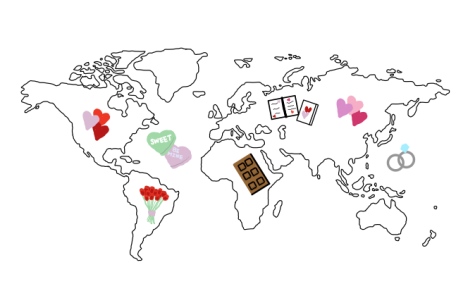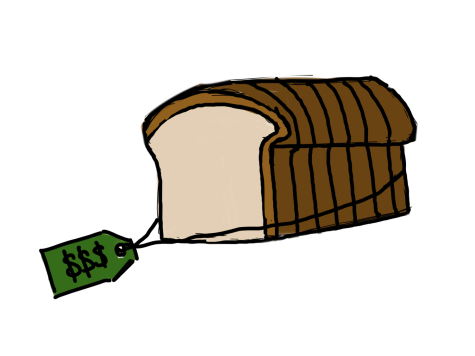Science conceives three-parented babies

Art by Joanne Jun
With love still fresh in the air, two is certainly company when it comes to the miracle of life. However, as some recent miracles have shown, three may not always make such a crowd.
Marking nearly three decades of effort and research in the genetics community, the first baby of three parents was born in Mexico on April 6 of 2016, revolutionizing the world of reproductive medicine. More success came just five days into 2017 when the second three-parent baby came into life in Ukraine. Each child was born using a different technique, exemplifying the unique future this medical prospect presents.
The first three-parent technique is known as spindle transfer, which is designed to eliminate mitochondrial disease. Herein applicable, the mother of the first child suffers from Leigh’s Syndrome, a degenerative neurological disorder that destroys mitochondria and already caused the mother to lose two children. Yet by transferring spindle DNA from the mother to a healthy donor egg and then fertilizing it with the father’s DNA, the baby was born with a clean bill of health.
Outside of disease prevention, involving three parents can even be used to overcome infertility. The second three-parent child was the result of pronuclear transfer, where the mother’s fertilized egg is placed and grown inside a fertilized donor egg. According to reports from the Nadiya Clinic where the second baby was born, the parents’ genes still compose the large majority of the infant’s.
Despite these two successful procedures, strong concern has emerged from both ethical and medical standpoints.
“It’s okay for disease treatment, but ‘playing God’ is where we have to draw the line,” said senior Sam Brey.
However, such questions over possibilities in genetically modified humans and impairments in later stages of growth may only be able to find empirical answers in the distant future. So far, only the United Kingdom has passed legislature in regards to the procedures, but with new doors open to decades of research in the field of biology, further political acknowledgement will inevitably follow.
“This is a first step to a broader picture, and that’s the part that makes it scary,” said biology teacher Mrs. Eileen Cairo.
Your donation will support the student journalists of Saint Viator High School. Your contribution will allow us to purchase equipment and cover our annual website hosting costs.







